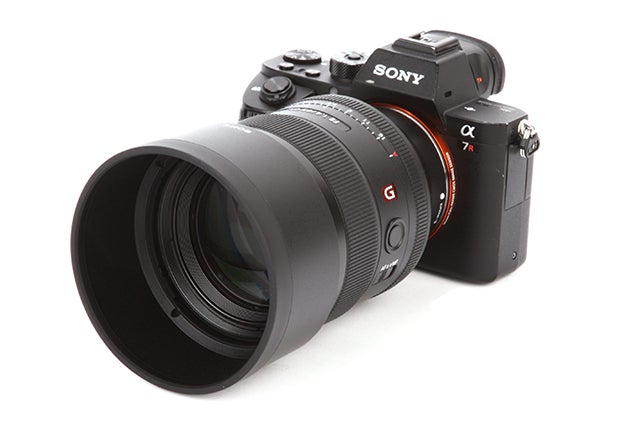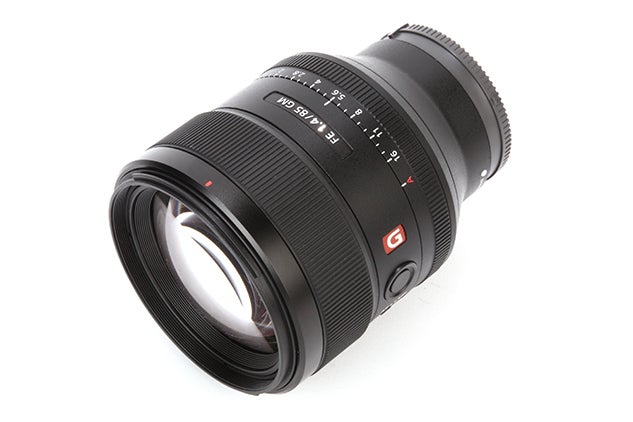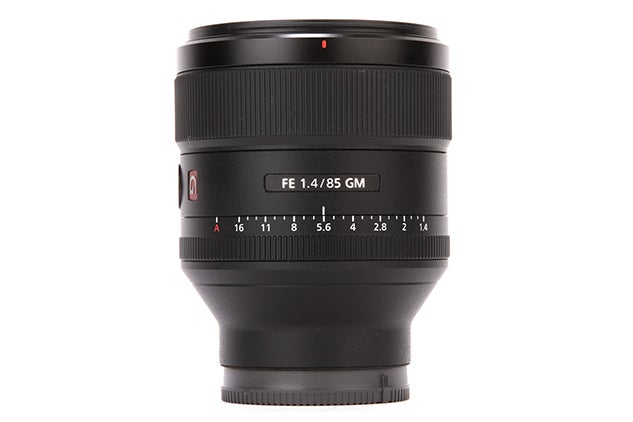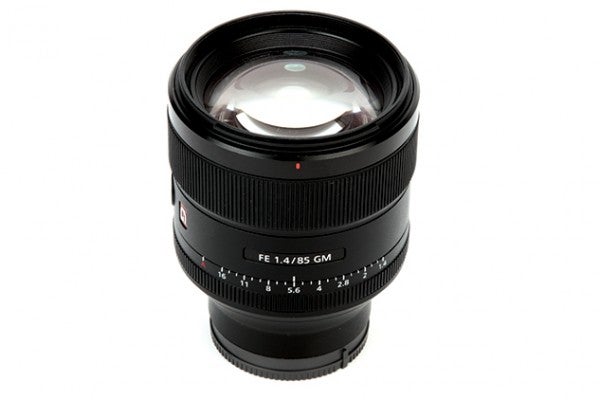Richard Sibley tests the new Sony FE 85mm f/1.4 GM lens
Sony FE 85mm f/1.4 GM Review

The Sony FE 85mm f/1.4 isn’t a small optic, as is illustrated here mounted to the Sony A7R II
While there is still room for the Sony FE lens range to grow, particularly with affordable optics, most of the key optics required by professionals are now available. This includes the recent Sony FE 85mm f/1.4 GM lens. This is part of Sony’s new G Master (GM) series of lenses, which is a premium range of optics designed to sit above its existing G series line up. This new range promises to be compatible with the next generation of high-resolution Sony sensors and 8K video, which means that these lenses should be able to deliver top performance on the latest cameras well into the next decade.
Sony FE 85mm f/1.4 GM – Features
The 85mm lens will obviously be a popular choice for portrait photographers. The focal length is ideal for this subject on both full-frame and APS-C cameras, with a 135mm equivalent field of view on the latter. Moreover, the large F1.4 aperture creates a shallow depth of field that will throw a background nicely out of focus.

Sony has added a focus hold button below the G-Master branding.
The lens is constructed from 11 elements in eight groups, and contains one extreme aspherical (XA) lens element. The XA element is designed to create very smooth out-of-focus areas, as well as helping to reduce chromatic aberrations. At the press event for the new lens launch, Sony proudly told the assembled journalists that the surface tolerance of this element is just 0.01microns; in other words, it has an incredibly smooth surface. Sony also claims that the machinery required for such a high standard of production is currently used exclusively by them. Quite how much of this is fact, compared to marketing spin, is unknown; however the proof, as they say, is in the pudding, or in this case the performance of the lens.

This side profile shows how the lens tapers out from the lens mount towards the front
In the lens arrangement there are also three extra-low dispersion (ED) elements that minimise axial chromatic aberrations. Key lens elements are treated with Sony’s Advanced Nano AR Coating technology, which helps to suppress flare, reflections and ghosting, thereby improving clarity and contrast. In addition to this, the lens has 11 rounded aperture blades, which are designed to produce a circular aperture, and consequently create smooth out-of-focus areas that will be particularly noticeable in the highlights.
Externally the lens has dust and moisture resistance. Obviously this isn’t fully weather sealing, but it should be able to cope with the odd splash of rain. The lens barrel features an AF/MF switch for quickly changing between auto and manual focus. There is also a focus hold button mounted on the side of the barrel, which can be easily accessed while handholding the lens. Photographers will love the fact that the lens has an aperture ring, while filmmakers will like the fact that the clicks of the aperture ring can be switched off to smoothly change aperture while filming.






